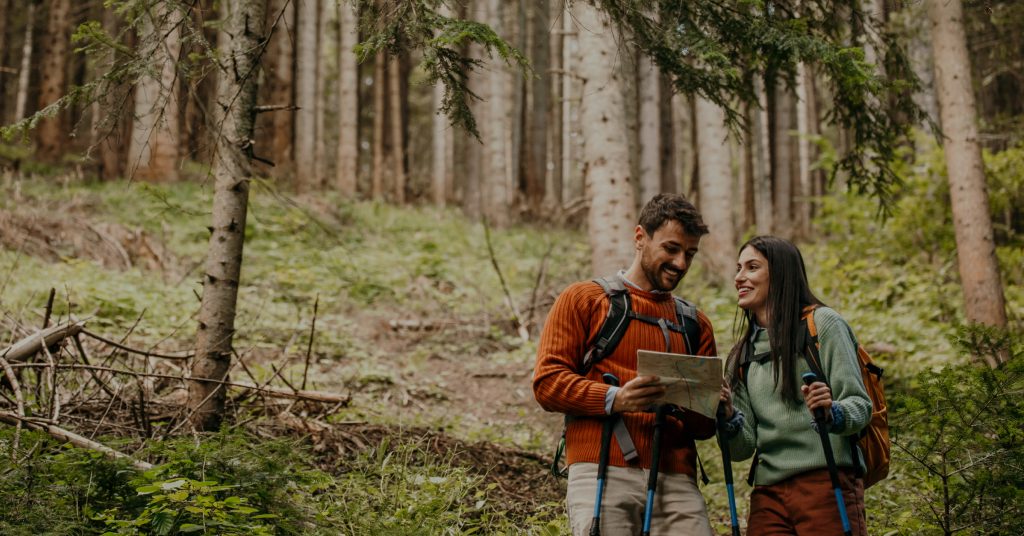Let’s cut the fluff. Category pages are powerhouses for your outdoor brand’s SEO strategy. They matter more than you think. They’re not just holding tanks for products. They’re strategic real estate where search intent meets your brand’s boldest offerings. If your outdoor brand isn’t optimizing its category pages with strong metadata and compelling content, you’re leaving serious traffic and revenue on the table.
6 Steps To Turn Outdoor Category Pages Into Goldmines
You wouldn’t set up a trailhead without signage. So why are so many outdoor brands leaving their category pages barren?
Category page optimization for outdoor brands isn’t optional, it’s critical. Done right, it boosts visibility, improves rankings, and drives conversion-ready traffic straight to your product lines.
Here’s what real optimization looks like:
1. Title Tags That Hit Hard
Your title tag is your first—and sometimes only—chance to get clicked in the wild world of search results. So make it matter.
Ditch the bland content and get specific: call out product type, use case, and who it’s for. Something like: “Women’s Trail Running Shoes for Rugged Terrain | Summit Tested” doesn’t just describe, it compels. This isn’t the place for vague fluff like “Products”. This is where your brand’s voice meets searcher intent with full force.
Pro Tip: Stick to 60 characters max so it displays clean on all devices and always lead with the keywords your audience is actually searching for.
2. Meta Descriptions That Sell
You’ve got 155 characters to win or lose the click. Think of your meta description as your SEO elevator pitch. Fast, fierce, and full of value.
Instead of keyword stuffing, focus on benefits and action. Try this instead:
“Explore durable, all-weather tents designed for extreme adventures. Free shipping. Built for the wild.”
This tells users (and Google) what they’ll find and why they should care.
3. Header Hierarchy with Muscle
Headers (H1, H2, H3) on category pages aren’t just formatting tools, they’re SEO signposts. And they need to do heavy lifting.
Start with an H1 that mirrors the core keyword and intent:
“Cold-Weather Fly Fishing Gear” is direct, searchable, and tells both Google and your customer what this page is all about.
Layer in H2s and H3s that support related search terms:
- Top Cold Water Waders for Anglers
- How to Choose the Right Fly Fishing Jacket
4. Wildly Useful Page Content
That block of text at the top of your outdoor brand’s category page? It’s prime SEO territory. Don’t waste it with empty words.
Instead, drop in a few punchy lines that set the stage, introduce key products, and naturally weave in relevant keywords. Think:
“Whether you’re casting lines in freezing rivers or braving windy lakes, our fly fishing gear is built to perform when the elements turn savage.”
That’s content that connects, ranks, and converts. It tells both the algorithm and the adventurer why this page deserves attention.
5. Filter Pages that Don’t Cannibalize
Filters are crucial for user experience but they can wreck your SEO if they aren’t handled right.
Each filter combination on a category page can generate a unique URL, and without proper canonicalization or rules in place, Google sees dozens of “duplicate” pages. That splits your ranking power and muddies your SEO waters.
The fix? Technical optimization for category pages has you covered:
- Implement canonical tags to point duplicate filters back to the main category page.
- Use no index tags on URLs that aren’t meant to rank.
- Keep filter logic clean, intuitive, and crawl-friendly.
6. Schema Markup Built for the Backcountry
Want your products to show up with ratings, price, stock info, and reviews right in the search results? Schema markup makes it happen.
This behind-the-scenes code helps search engines understand your page’s content—and rewards you with rich snippets that dominate the search engine results page (SERP).
Key schema types for outdoor brands’ category pages:
- Product
- AggregateRating
- BreadcrumbList
- Offer
SEO for Outdoor Brands Isn’t a Sprint, It’s a Mountain Ascent
When we talk SEO for outdoor brands, we’re not talking about playing the algorithm game. We’re talking about building visibility that lasts longer than the season.
Category page optimization fuels an outdoor brand’s ascent by:
- Increasing relevance for long-tail, high-intent search terms
- Boosting domain authority across key verticals
- Enhancing user experience and lowering bounce rates
- Driving conversions with laser-focused content
Ready to Make Noise in the SERPs?
At Unruled, we don’t just tweak meta tags, we overhaul your digital trail map. We know outdoor audiences because we are the audience. Our SEO strategies hit harder, perform better, and never play it safe.
So if your category pages are just sitting there, it’s time to optimize them into conversion machines. Because in this game, ordinary doesn’t cut it and we don’t either. Contact Unruled to put your category pages to work today.





